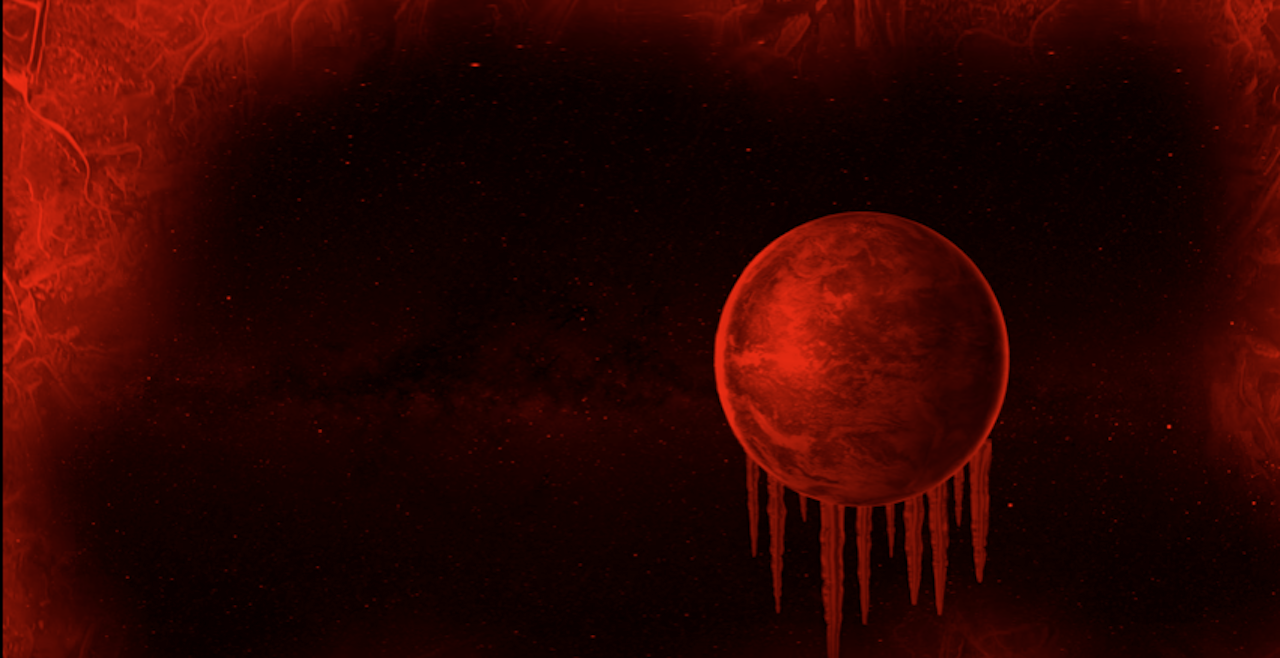An enormously popular YouTube video, uploaded last month by an account called Ridddle, explores a bong-rip hypothetical: What if someone detonated a thermonuclear bomb in the depths of the Marianas Trench?
In the seven minute clip, a gravelly-voiced narrator uses convincingly scientific-sounding language — at least at first. As it goes on, though, the video’s claims become stranger by degrees: first that the explosion will result in colossal waves that will wash away the entirety of Japan and Southeast Asia, then that it will blast a hole in the Earth’s crust, letting out a geyser of magma that will push the planet out of orbit. “Finally,” the narrator says, as animated popsicle people drift through outer space, “there’s a possibility it could tear the planet itself apart.”
But in spite of its slick production and nearly 11 million views, subject matter experts say that the video is almost pure fabulism.
“As an expert, it shocks me that the video is so well made, but yet is so false,” said Marine Denolle, a professor of earth and planetary science at Harvard University. “I think the style of video is a good way to communicate, but that the science is so wrong that it can only harm public, the scientific knowledge, and the credibility of experts.”
Two more experts in geology and planetary physics agreed that the video had almost no grounding in scientific fact. Setting off a nuclear bomb in the Marianas wouldn’t be good for the environment, but it probably wouldn’t cause devastating waves and it certainly wouldn’t alter the Earth’s orbit. XKCD’s Randall Munroe explored the same premise and found that the blast would generate “no wave of any consequence.”
That the video is essentially fiction hasn’t stopped it from becoming extremely popular. At typical YouTube ad rates, it’s likely pulled in tens of thousands of dollars in earnings. The clip has attracted more views than all but one video in the history of Infowars, a notorious conspiracy site with sizeable YouTube presence.
And yet, unlike Infowars, Riddle has attracted little media attention. When the popular blog MakeUseOf picked up one of its videos, it treated its outrageous claims credulously.
Maybe that’s because instead of fringe politics, Ridddle’s content traffics in sloppy and sensational science, which the public has long had an appetite for. In a certain light, Ridddle’s videos come across as the grown-up version of the spooky, surreal children’s videos created to manipulate YouTube’s algorithm system.
Like the algorithm-inspired children’s videos, Ridddle’s content appears to have been created inexpensively. Its videos follow the general format of HowStuffWorks or SciShow — though its top videos outperform both — and the footage played while the narrator talks borrow heavily from Hollywood films, usually with no credit. One clip borrows from Transformers: Dark of the Moon and Aliens. Another cribs from Ex Machina.
I came across the Marianas Trench video’s irresistible title in my own recommended videos. I clicked it, like a sucker, and it took until approximately the halfway point to realize how silly it was. “Sorry,” wrote one commenter, “but as a geologist I have to call absolute bollocks on this.”
Ridddle didn’t reply to a request for comment. But though its offerings are fringe, the operation is bankrolled by major corporations. Advertisers on Ridddle videos on YouTube include insurer Geico, mattress seller Purple, and even The New York Times.
Stranger still, Ridddle’s English-language videos seem to be translations of clips that originally appeared on a second channel, which is entirely in Russian. The Russian-language Ridddle videos have also accumulated millions of views, and have picked up extensive coverage in the Russian media.
The rest of Ridddle’s forty-odd clips follow a similar formula to the nuclear bomb one. Recurring topics include the deep ocean, nuclear weapons and outer space. Each has an intriguing title and an outrageous still frame — “What If The Moon Exploded,” for instance, shows the Moon and the Earth each splitting in half with fiery explosions, and “The Greatest Mystery of Space,” shows a planet hovering next to the Eye of Sauron from Lord of the Rings.
Like the Marianas Trench clip, most start out with a veneer of plausibility. Then, inevitably, they swerve into dubious territory. In one clip, the nameless narrator claims that the Devil’s Triangle that the Devil's Sea is home to a “plethora of paranormal activity.” In yet another, he opines that the moon is likely an abandoned alien spacecraft.
“We leave it up to you to believe it or not,” says the narrator, at the end of the alien spacecraft video. “Meanwhile, chances are that the moon is inhabited by aliens of various races and occupations. If you are curious, subscribe to our channel to keep up on what's going on in the world and beyond.”

